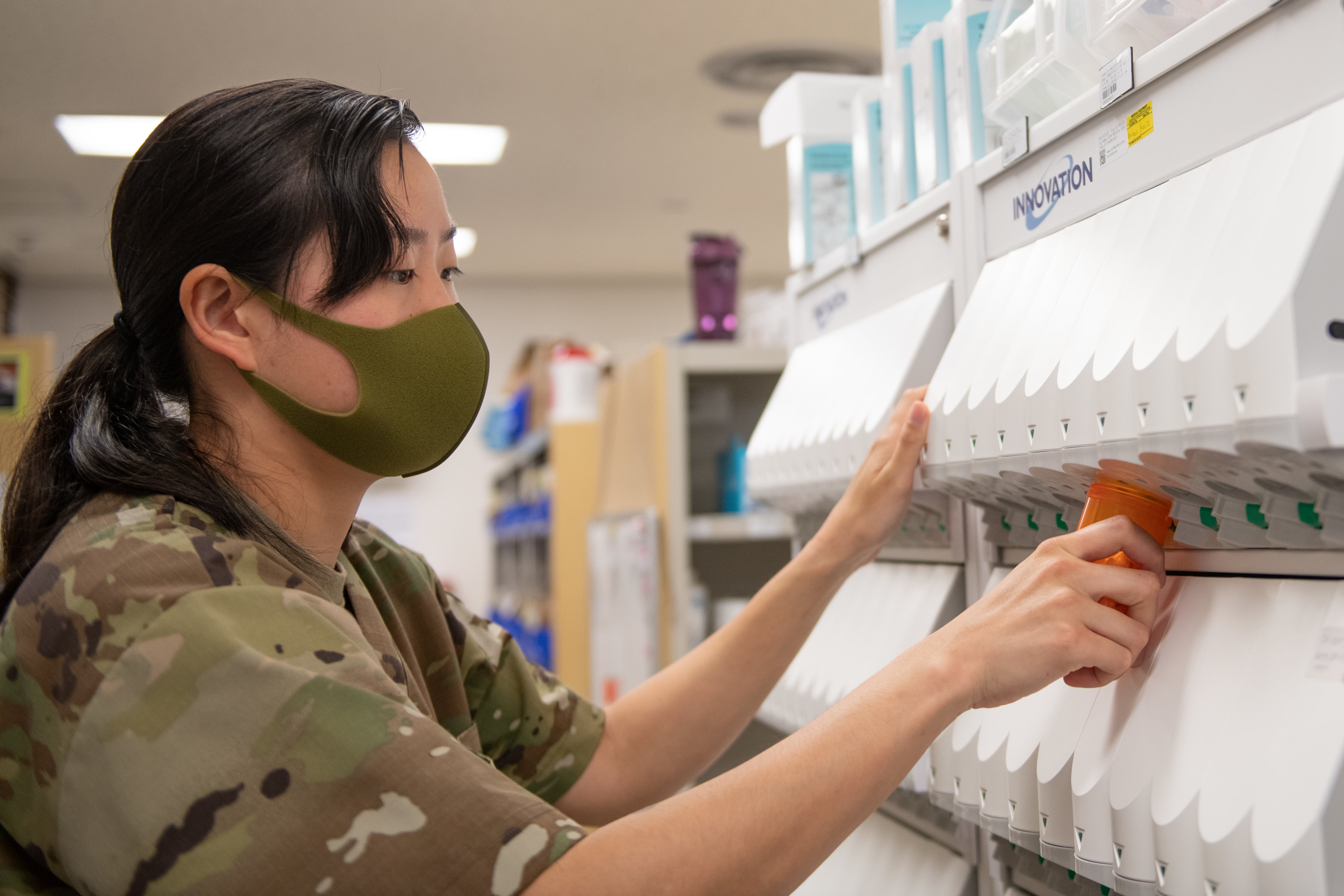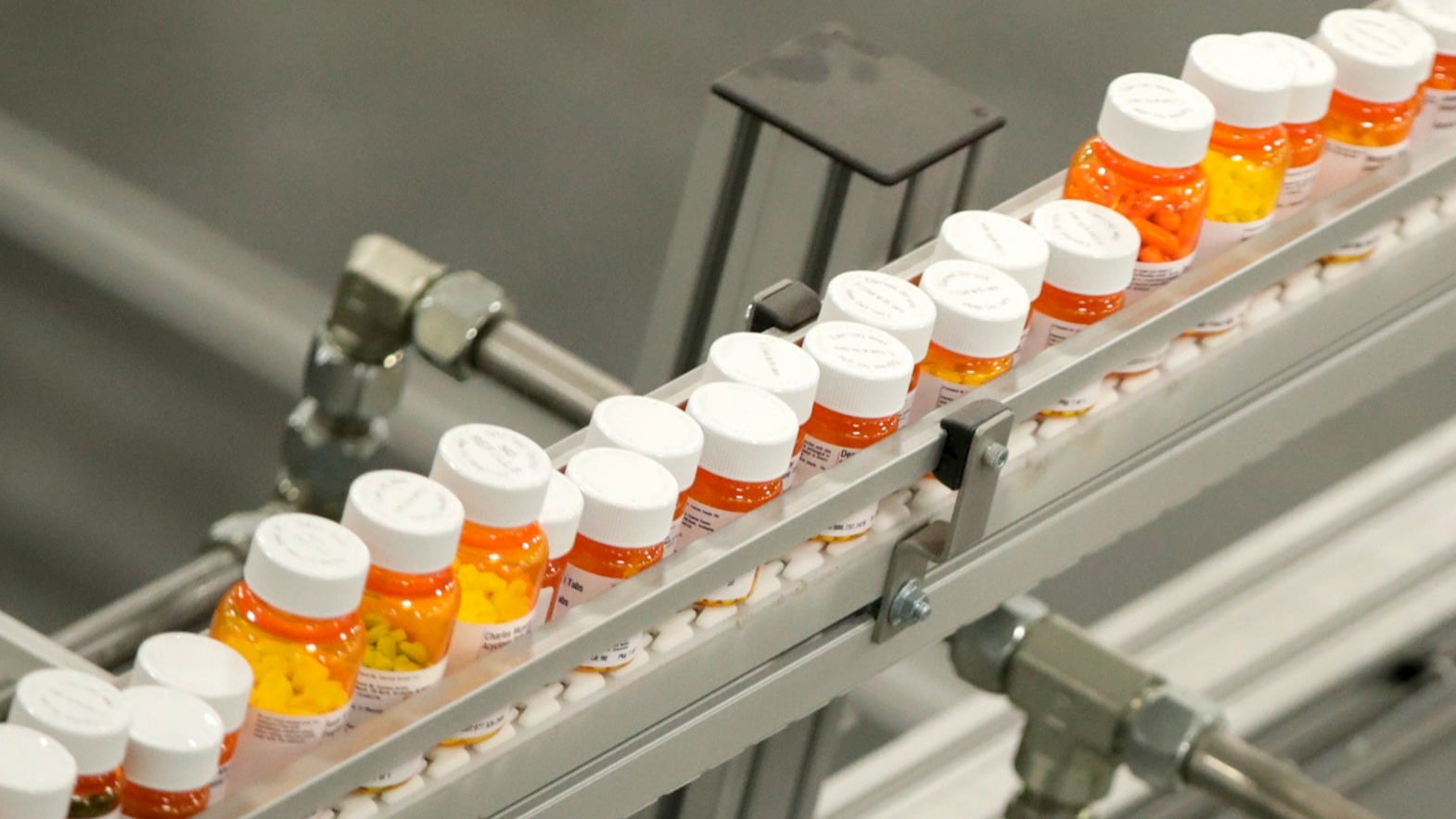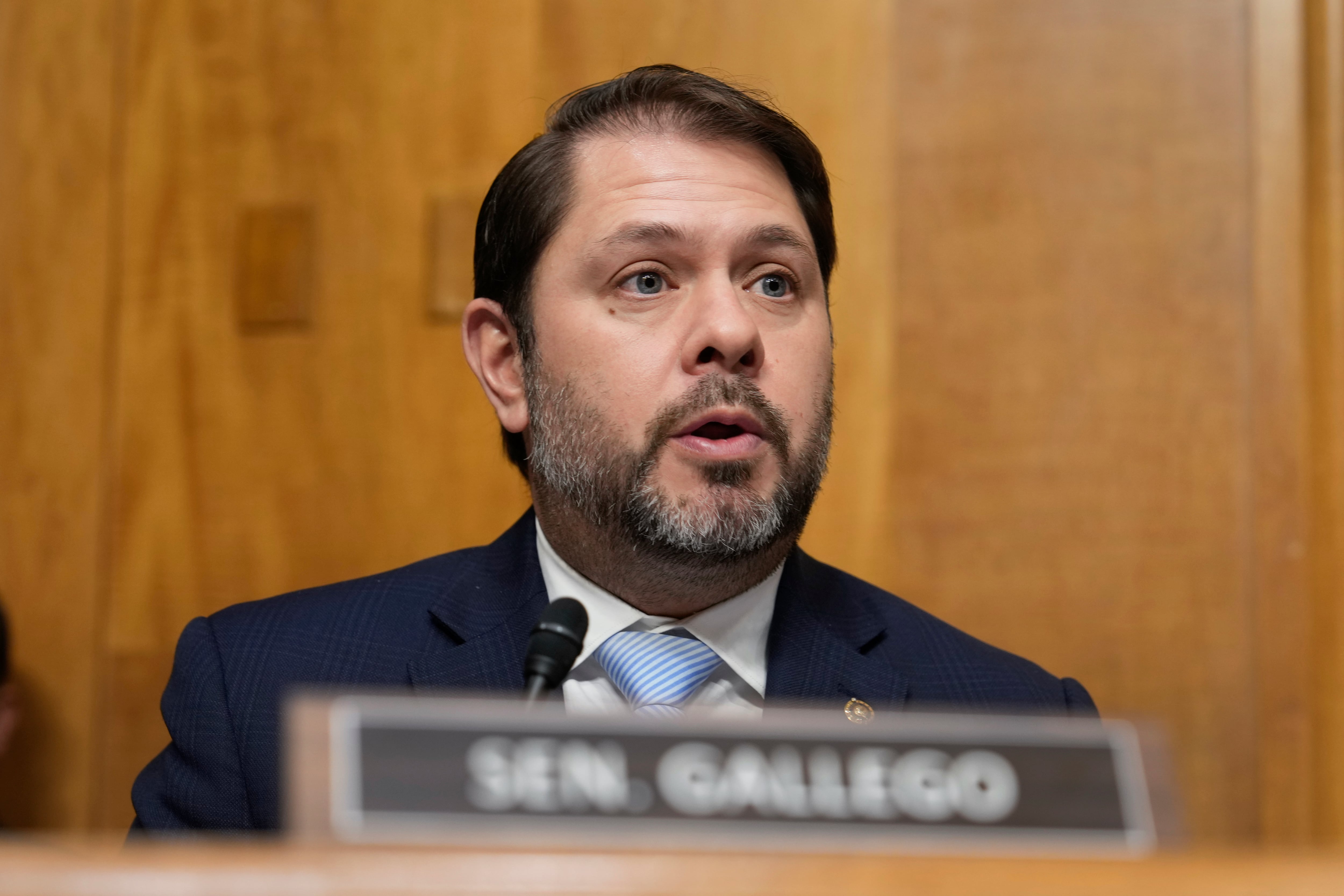Longstanding problems with drug shortages are prompting senators to seek more solutions for the military medical system, including the possibility of having the military manufacture some medications.
Senators are calling for a return of manufacturing medicines in the United States due to national security concerns over risks to the Defense Department’s pharmaceutical supply chain, and possible risks to service members and their families.
But that includes the possibility of some military manufacturing, according to Sen. Elizabeth Warren, D-Mass., chair of the Senate Armed Services subcommittee on personnel, during a hearing on April 30.
“It’s a critical national defense issue. It’s also critical to the health of our people,” Warren said. One issue is that commercial manufacturers don’t have the right incentives in place to produce many drugs in the U.S.
Additionally, she said, “we don’t even have the right information in place to require meaningful domestic manufacturing and meaningful insight into the supply chain to know we are safe in the drugs we are getting,” and their ingredients.
Warren said she plans to introduce legislation that would direct the Defense Department to manufacture drugs, devices, vaccines and other products when DOD determines there are risks of shortage or quality concerns.
“Most of the time DOD will continue to purchase drugs from the commercial drug market. But there are some instances where it makes sense for DOD to produce the medication itself, for example, when DOD is the only customer,” Warren said. DOD spends more than $5 billion a year on pharmaceuticals, she said, which is about 2% of the entire U.S. commercial pharmaceutical market.
A number of drugs that are used in the military are not commonly needed in the commercial market, defense officials testified. Some of these are drugs that are needed to fight infectious diseases and are not commercially available because there’s no market for them.
If the manufacturing challenges are too great for smaller — but needed — quantities of drugs, Warren said, the government may have to move to military manufacturing. “Otherwise, we’re just not going to get them. Or we’ll pay prices that are so outrageous that it would have been cheaper to have built [the manufacturing facilities] internally,” she said.
One example of that is the adenovirus vaccine. While adenovirus typically causes mild cold or flu-like symptoms, she said, “it is a major cause of serious respiratory illness among service members, particularly those who are in basic training.” That’s why the Walter Reed Army Institute of Research developed the adenovirus vaccine and licensed it to private industry.
But in the 1998-1999 time frame, DOD exhausted its last supply of the vaccine after the sole manufacturer decided to stop making it. At that time, DOD estimated that the lack of vaccine would lead to about 10,000 preventable infections from adenovirus, over 4,200 medical visits by recruits, and over 850 hospitalizations within a year, said Bryce H.P. Mendez, a specialist in defense health care policy for the Congressional Research Service, testifying before the panel. “To an extent, DOD did observe that,” he said.
But that’s not unique, Mendez told lawmakers, adding that the Defense Department has had challenges over many decades in getting certain medicines. Current challenges include the production of medicines to address anthrax, botulism, cholera, hemorrhagic fevers, and others, he said.
Lawmakers should consider legislation that establishes clear options for creating a government-owned facility to manufacture priority health products to meet the military’s needs, said Melissa Barber, an expert in pharmaceutical manufacturing who is a postdoctoral fellow at the Yale School of Medicine, Yale Law School and Yale Collaboration for Regulatory Rigor, Integrity and Transparency. “Such a facility would ensure reliable access to quality drugs for service members, as well as generate significant cost savings.” For example, she told lawmakers, the current contract for producing the adenovirus vaccine costs the government about $38 million a year. “That’s a lot of money to pay for a single vaccine,” she said.
Barber cited an Army report that estimated the startup costs for the government to manufacture the adenovirus vaccine would be about $100 million, with annual costs of about $10 million. DOD would break even in about three years by building and operating its own facility for producing that vaccine, she said.
Government-owned and operated facilities for manufacturing medicines is not a new concept, Barber said. The first example she’s aware of, she said, is during the Civil war, when the U.S. Army set up facilities to manufacture some needed medicines.
The Walter Reed Army Institute of Research does vaccine research and manufactures test batches, but its manufacturing is limited, and the military relies on commercial manufacturers for quantity.
RELATED

The larger problem of drug shortages
According to the Food and Drug Administration, almost half of the drugs on DOD’s operational medicines list are in shortage, and most of these are generics, Warren said. This list includes drugs necessary for warfighting, she said. Some of those in short supply include the blood thinner heparin, the common anesthesia drug midazolam and morphine for pain management.
And many drugs, and their key ingredients, come from foreign manufacturers, including China. The Defense Department has less visibility over its operations, and thus, the safety of the drugs.
Following a congressionally-mandated requirement, DoD analyzed 12,917 specific drugs, or about 10% of the total U.S. marketplace as part of efforts to evaluate the military pharmaceutical supply chain. The medicines are identified in the FDA Essential Medicine List. Only a quarter of the drugs analyzed have domestic manufacturers.
According to DOD’s November report, 27% of the drugs analyzed are at a very high risk because they are either dependent on Chinese manufacturers using Chinese ingredients, or were derived from unknown sources.
“I don’t know anybody in their right mind who trusts anything made in China,” said Sen. Rick Scott, R-Fla., the ranking member of the panel.
“During COVID, we learned the hard way that relying on non-allied countries for our medical supply chain poses a real danger. For that reason, it is imperative that we work to ensure DOD supply chains are independent from non-allied nations for necessary pharmaceutical treatments,” Scott said. “In future contingencies, these supply chains could easily cease to exist.”
Defense officials are assessing the chain, and developing policies and procedures to enable the allocation of resources in the case of supply chain disruptions, said Dr. Lester Martinez-Lopez, assistant secretary of defense for health affairs.
When a DOD provider can’t get a critical drug because of the shortage, that provider has to look at alternatives, Martinez-Lopez said. He used the example of amoxicillin, an antibiotic made overseas, used for basic infections. “Let’s say I don’t have it. Now I have to [use] another antibiotic, at the same time I’m trying to combat resistance to antibiotics, using an antibiotic that’s not indicated for that condition. So there I lose twice. One, because I’m not giving the right antibiotic to my patient, but on top of that, I’m losing ground on my fight against antibiotic resistance.”
In other cases, such as when an epinephrine injection is not available to treat a severe allergic reaction, he said, “that can be life and death. We don’t have hours to decide what the alternate is. So that might translate into a life, right on the spot. So this creates a conundrum for all health care professionals. I don’t think it’s just us. It’s across the nation, we’re facing this.”
Questioned by Scott about buying from China, Matthew R. Beebe, director of acquisition for the Defense Logistics Agency agreed that the military shouldn’t buy from them, but said the reality is that current regulations sometimes require it. “We don’t buy from China unless it’s the only source available,” Beebe said. If the end product is available domestically or from a country that’s an ally, that’s where they buy it, he added.
“But we don’t always have visibility over the sourcing,” the ingredients used to make the medicines which are called active pharmaceutical ingredients, and the ingredients used to make those APIs, Beebe said.
About 5% of the active pharmaceutical ingredients are coming from China, said Martinez-Lopez, but officials aren’t able to determine the source of about 20% of the remainder.
The percentage of those unknown sources is “equally troubling, that I don’t even know how to characterize the risk,” Beebe said. He and the other officials said they support bringing more manufacturing back to the U.S.
Scott questioned the witnesses about why the military couldn’t just immediately stop buying any pharmaceuticals that are sourced or produced in any way in China. Because of the volume of pharmaceuticals that would fall into that category, it would mean some medicines wouldn’t be available, officials said.
Of the 60 vital medicines in the U.S. about 20% are solely sourced in China, said retired Army Col. Victor A. Suarez, founder of Blu Zone Bioscience & Supply Chain Solutions.
For many of these medicines, it’s not economically viable for companies to manufacture them here in the U.S., Suarez said. Over the last several decades, much of drug manufacturing has moved overseas. China has used its competitive advantages — such as cheap labor — to drive down prices, and that has forced some U.S. companies out of business.
And 40% of generic drugs sold in the U.S. have just one manufacturer, Warren said.
Scott asked the DOD witnesses to help craft a letter to a number of associations in the health care community, to invite them to a conference call for ideas on helping build a domestic market for pharmaceuticals. The letter would come from DOD and other government officials as well as from members of Congress, Scott said.
Karen has covered military families, quality of life and consumer issues for Military Times for more than 30 years, and is co-author of a chapter on media coverage of military families in the book "A Battle Plan for Supporting Military Families." She previously worked for newspapers in Guam, Norfolk, Jacksonville, Fla., and Athens, Ga.





